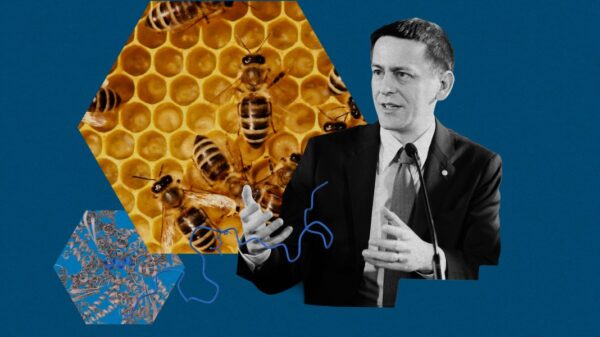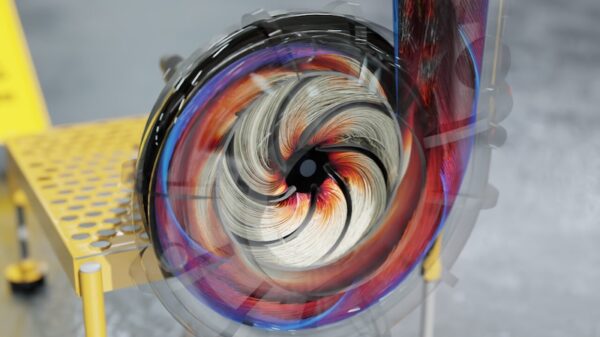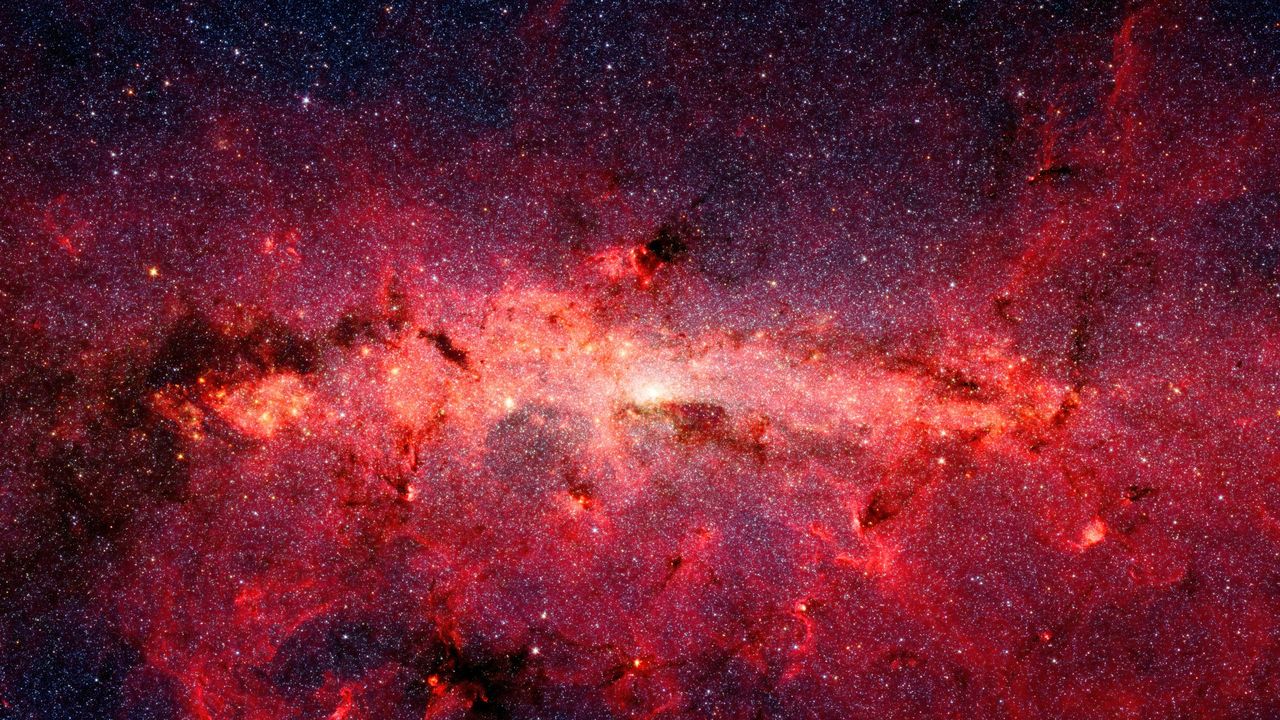Scientific inquiry into the nature of the universe has led to profound questions about its limits. Recent discussions among astronomers and physicists suggest that the universe may indeed be infinite, although this conclusion is far from straightforward. Current research emphasizes that we inhabit an expanding universe, but it raises questions about what this expansion entails.
To grasp the complexity of the universe’s expansion, consider the classic analogy of a balloon. If one imagines galaxies drawn on its surface, inflating the balloon illustrates how these galaxies move farther apart. Alternatively, envisioning a loaf of rising bread with raisins demonstrates a similar effect. Yet, both of these models introduce a dilemma: they imply a center and an edge. Where, then, is the universe’s center, and what defines its edge?
The answer lies in the nature of the Big Bang. Contrary to common assumptions, the Big Bang did not occur at a singular point in space. Instead, it happened everywhere at once, marking the beginning of time and space. This understanding shifts the perspective on the universe’s structure, indicating that it is not an explosion happening in a void but rather an expansion of space itself.
Understanding what the universe is expanding into poses another challenge. It is tempting to envision it expanding into a void or an empty region. However, even the vacuum of space constitutes something tangible; it contains points and locations. The notion of “outside” the universe suggests an existence beyond it, a concept that contradicts the definition of the universe itself. According to astrophysicists, the universe encompasses all that exists, meaning there can be no boundary or edge.
If one could hypothetically reach an edge, it might imply that it is possible to traverse beyond it. Yet, this is not the case. The universe comprises all regions simultaneously, with no external environment.
Recent illustrations, such as those from the Rubin Observatory, depict the timeline of the universe from the Big Bang to the present day. These visual aids help clarify the ongoing expansion and the complex nature of cosmic evolution. The National Science Foundation and the Department of Energy have supported numerous studies to deepen our understanding of these cosmic phenomena.
In conclusion, the question of whether the universe is infinite or finite remains open to interpretation. While current scientific models suggest an infinite expanse, the complexity of cosmic expansion challenges our understanding of space and time. As research continues to evolve, so too will our perspectives on the universe’s true nature.



































































